Dat Tai Village (Hoang Ha Commune, Hoang Hoa) is a peaceful ancient land with traditional village cultural space and unique customs preserved and passed down by the people over time. Mentioning Dat Tai, we still remember the Thanh village with a carpentry profession that has developed for hundreds of years, resounding far and wide.
 In the flow of modern life, Dat Tai village is changing and developing every day. Photo: Khanh Loc
In the flow of modern life, Dat Tai village is changing and developing every day. Photo: Khanh Loc
According to local documents, during the Ly Dynasty, a group of fishermen followed the Tuan Ngu River (a branch of the Ma River) to make a living. When they reached the land of Dat Tai, they saw that it was low-lying and had a lot of shrimp and fish, so they stopped to build a business and established a village called Ke Tre. Later, it was Tre village, then Nac Tai Trang.
At the end of the Tran Dynasty, the country's unstable situation forced many families in the North to move to the South. The land of Nac Tai Trang at that time also became a place to return to and stop for families fleeing chaos. Around the beginning of the 16th century, a group of carpenters from Y Yen (Nam Dinh) came to Thanh Hoa to work. Seeing the favorable terrain here, the master carpenter decided to stay, build a house, get married, work and pass on the profession to the people of Nac Tai Trang. Later, Nac Tai Trang was renamed Dat Tai.
Carpenter Dat Tai was not only good at building communal houses, pagodas, and churches, but also good at making cabinets, beds, tables, and chairs... Legend has it that when Thanh Hoa Governor Vuong Duy Trinh passed by Dat Tai, in front of the reputation and talent and skill of the craftsmen here, he "left" in the village's writing a pair of parallel sentences: "Thien tich thong minh Hoang Hoa duc/ Thanh phu cong dung Dat Tai tai", which means: Heaven-given intelligence, Hoang Hoa developed/ Thanh phu cong dung, Dat Tai was famous (according to the book History of the Revolutionary Movement of the Party Committee and People of Hoang Ha commune).
The book History of the Revolutionary Movement of the Party Committee and People of Hoang Ha Commune records: The artisans of Dat Tai craft village were once responsible for the construction of many large architectural works of high artistic value, such as the group of workers of Mr. Le Van Phan renovating the Vietnam Museum of Ethnology in Hanoi... The traces of the talented hands of carpenter Dat Tai still exist in the large architectural work, Tra Co Temple in Mong Cai City, Quang Ninh Province. When the work was completed, the group of Dat Tai artisans made a horizontal plaque with four ancient words: Nam - Son - Tinh - Tho as a souvenir at Tra Co Temple with the meaning that the temple will last forever like the mountains of the South.
And right in Thanh Hoa, when visiting ancient architectural works, it is not difficult for posterity to "encounter" traces of Dat Tai's carpentry. Once visiting Phu Dien communal house - a majestic and solid wooden architectural relic with many sophisticated wood carvings, hearing the locals introduce, the ancient communal house had a great effort of Dat Tai village carpenters. In particular, the fame of Dat Tai carpenters is also affirmed in many traditional wooden houses with hundreds of years of age still preserved in many villages in Thanh Hoa.
Dat Tai people are always proud that whether they follow the profession or make a living from it or not, as long as they are men, they must know how to chisel and carve... However, the carpentry profession in Dat Tai village has not always developed brilliantly. There have been periods when the traditional profession of the village fell into decline for many reasons. However, the love and passion for the profession has helped people preserve and make a living from it. Mr. Nguyen Dinh Kien, head of Dat Tai village, said that currently in Dat Tai, about 70% of households are engaged in carpentry.
Along with making a living, generations of Dat Tai people have also joined hands to build and nurture beautiful wooden architectural works in their homeland. In the past, "Dat Tai village had 4 communal houses, 3 temples, 2 pagodas, 1 shrine and 1 communal house. In each hamlet there was a communal house, namely Hung communal house, Tay communal house, Dong communal house, Quan communal house. Each communal house usually had from 5 to 7 rooms..." (book History of the revolutionary movement of the Party Committee and People of Hoang Ha commune). Along with communal houses, communal houses were sacred spaces where Dat Tai people worshiped gods. Unfortunately, many valuable architectural works in Dat Tai no longer exist.
Besides the long-standing carpentry profession, Dat Tai also has a traditional wrestling festival. According to the elders in the village, no one knows exactly when the wrestling festival started. Folklore has it that in the old days, in the village garden, there were 3 lions who often played with each other, called "hy cu". Following that story, Dat Tai people organized the game - wrestling festival in early spring, with the meaning of praying for national peace and prosperity, good crops, and favorable jobs for the people.
The Dat Tai village wrestling festival takes place on the second day of the Lunar New Year. Unlike traditional festivals that usually take place in the morning, the Dat Tai village wrestling festival begins at noon. At this time, people go to the Western temple to pay their respects to the village's tutelary god. The strongest young men take charge of carrying the tutelary god's palanquin and the cu from the Western temple to Quan pagoda. After the respectful rituals, people gather in the communal house yard to compete in the cu.
In the flow of modern life, we can feel that Dat Tai is changing and developing every day. The sound of chisels, carvings, and wood saws echo from small alleys to main roads throughout the village, carrying joy, expressing the passion and aspiration for prosperity of the people of the traditional carpentry village of Thanh.
Khanh Loc
Source


![[Photo] National Assembly Chairman Tran Thanh Man attends the ceremony to celebrate the 1015th anniversary of King Ly Thai To's coronation](https://vstatic.vietnam.vn/vietnam/resource/IMAGE/2025/4/13/6d642c7b8ab34ccc8c769a9ebc02346b)
![[Photo] Prime Minister Pham Minh Chinh chairs the Government's special meeting on law-making in April](https://vstatic.vietnam.vn/vietnam/resource/IMAGE/2025/4/13/8b2071d47adc4c22ac3a9534d12ddc17)


![[Photo] National Assembly Chairman Tran Thanh Man attends the Policy Forum on Science, Technology, Innovation and Digital Transformation](https://vstatic.vietnam.vn/vietnam/resource/IMAGE/2025/4/13/c0aec4d2b3ee45adb4c2a769796be1fd)
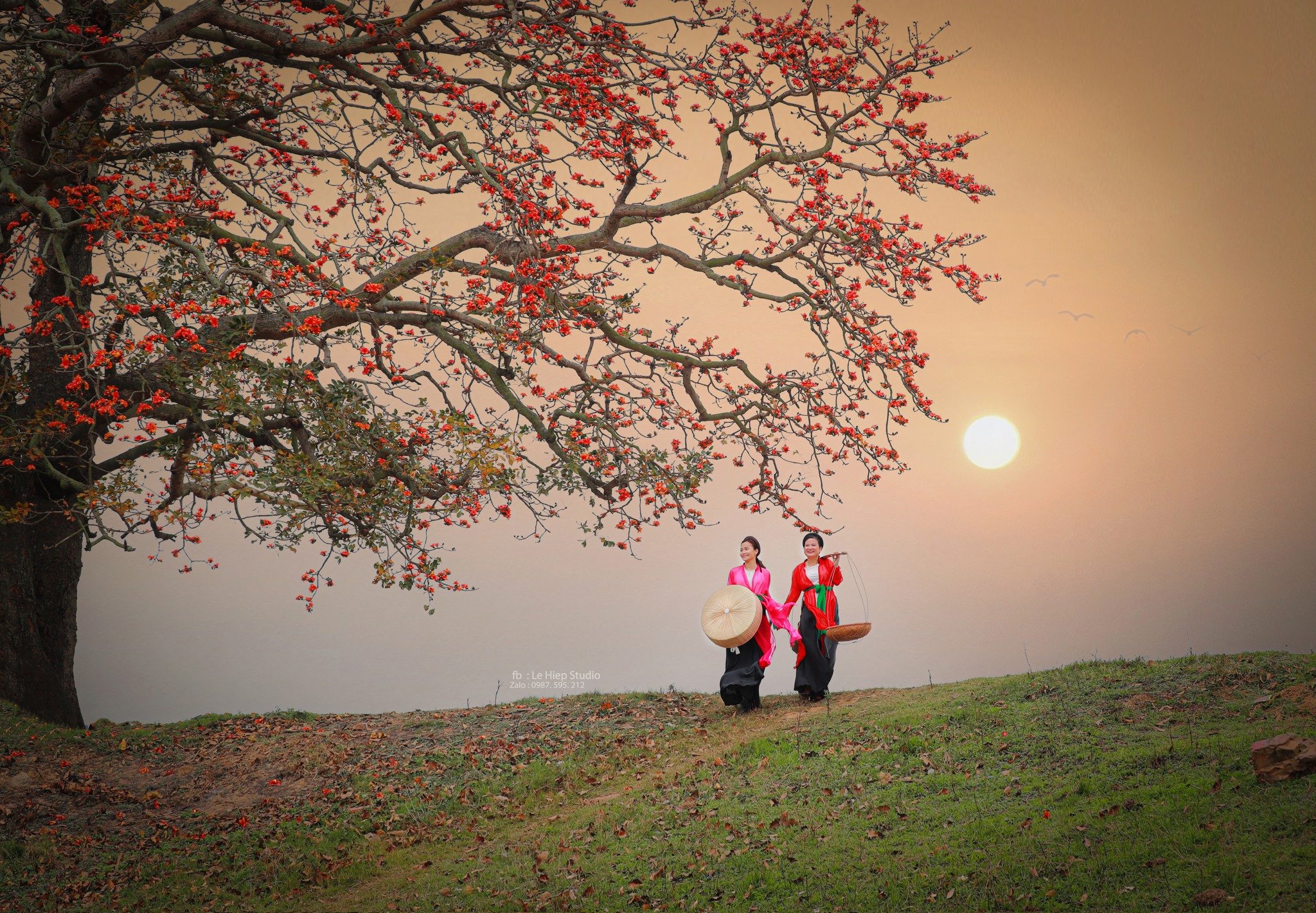
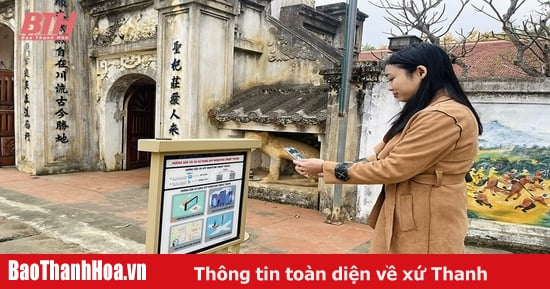

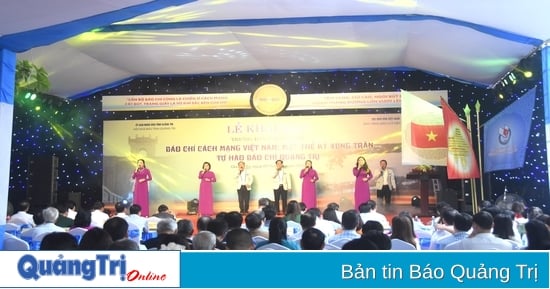
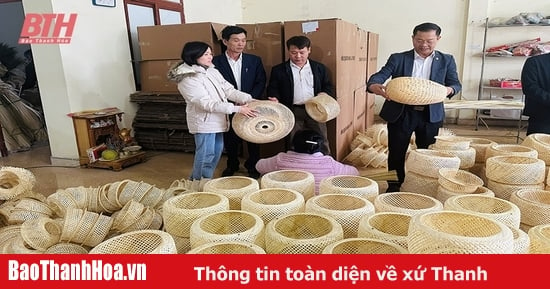




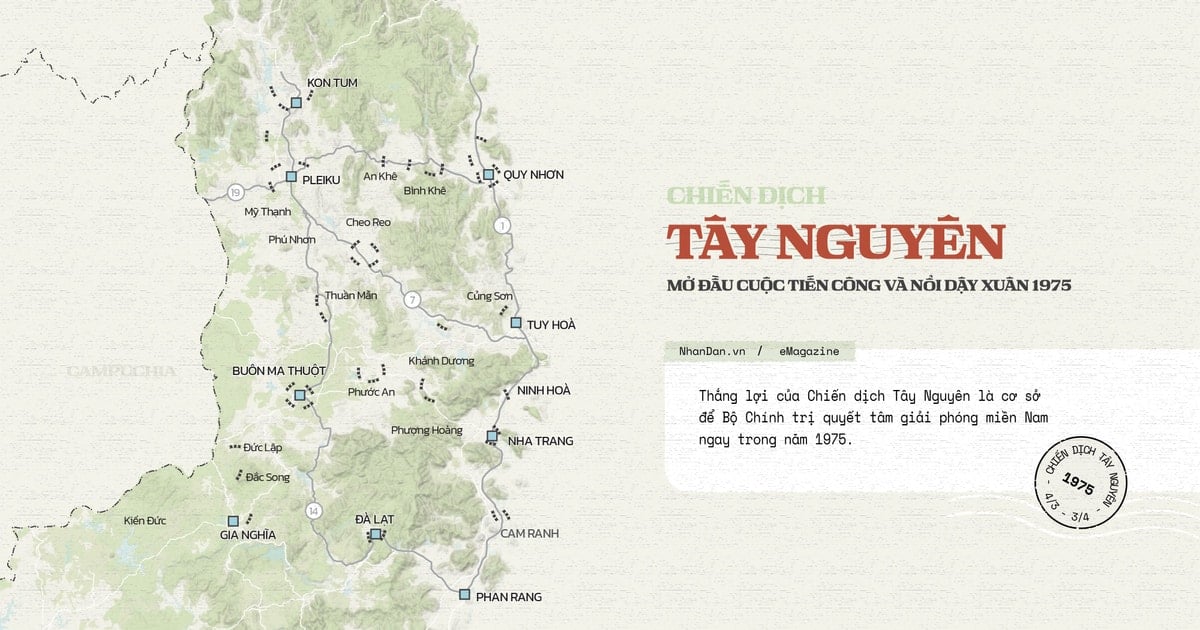
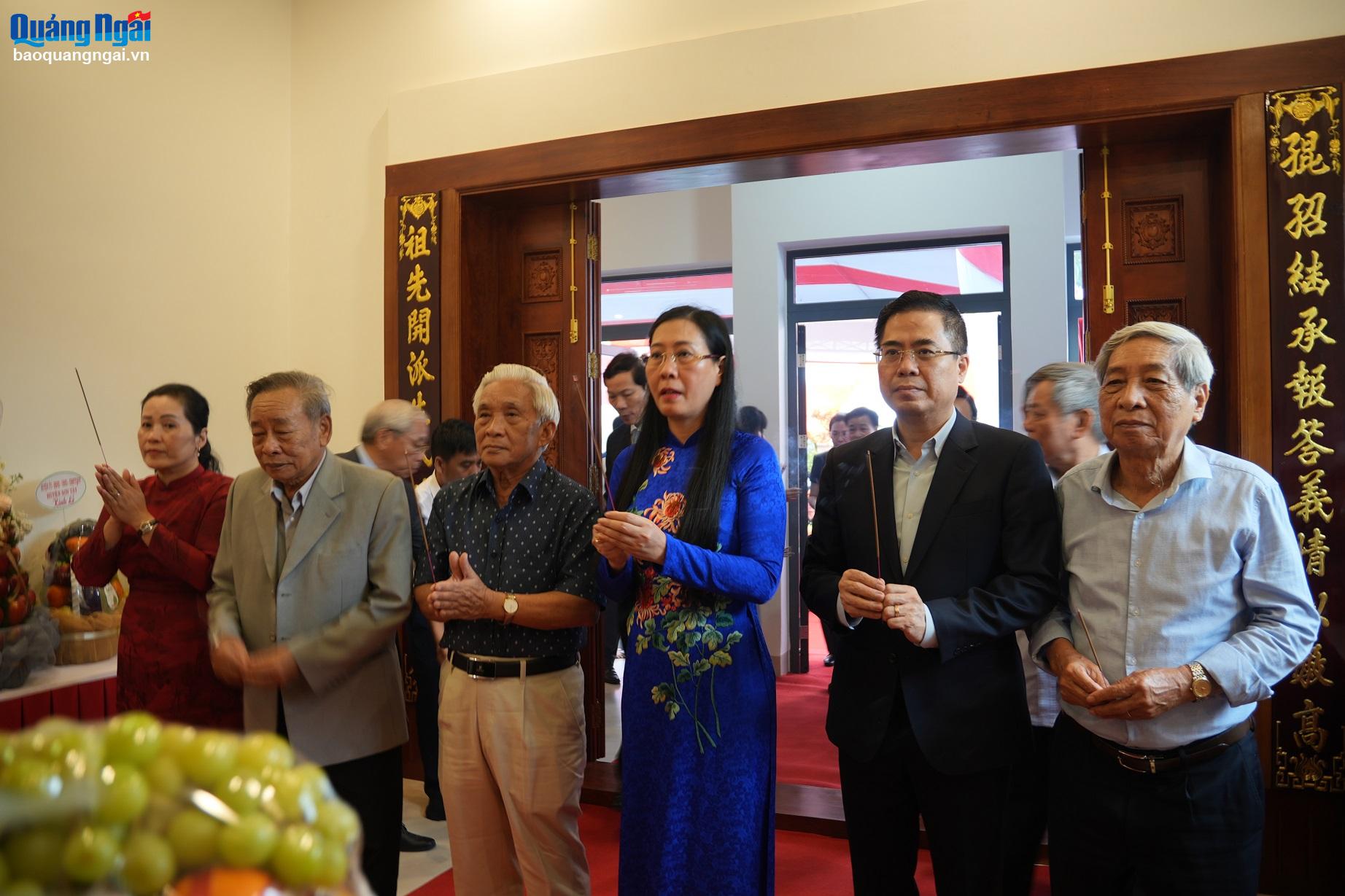



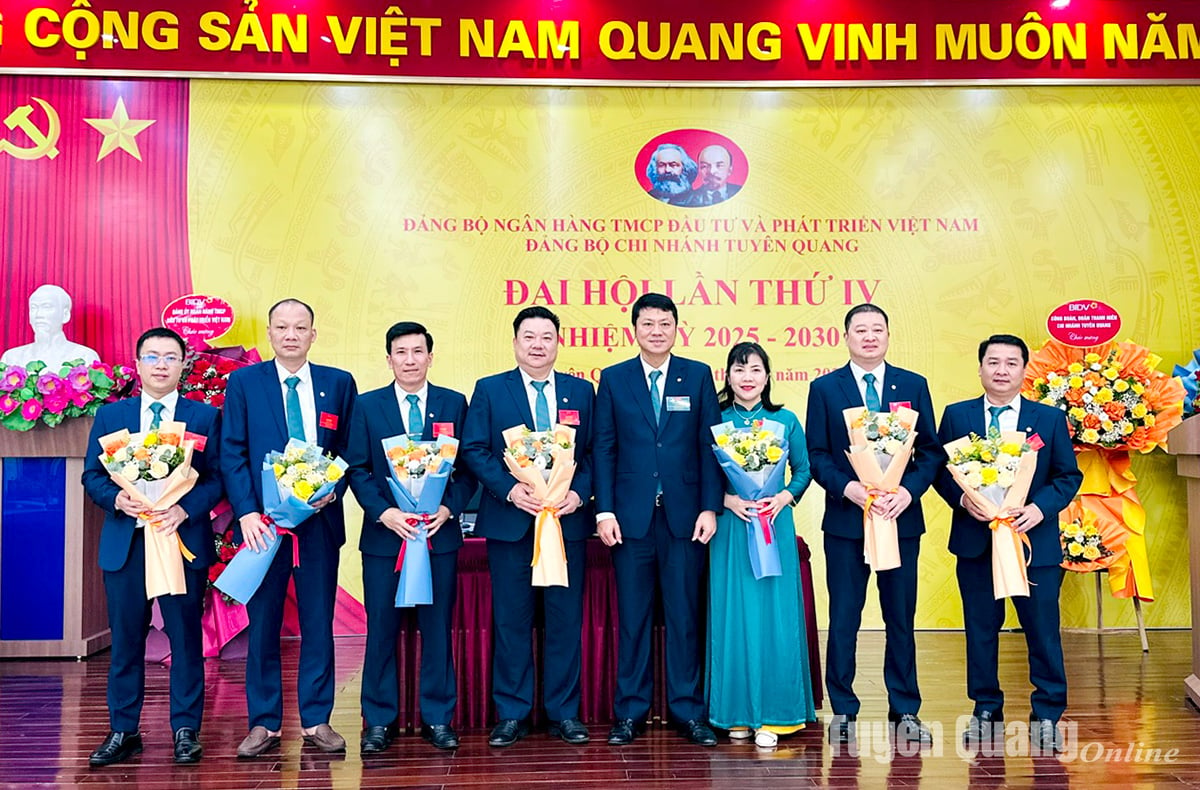





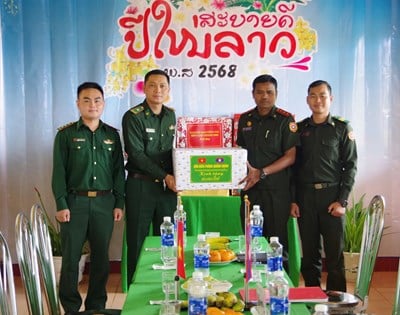
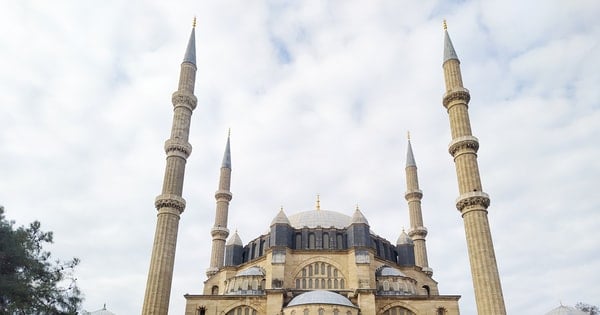


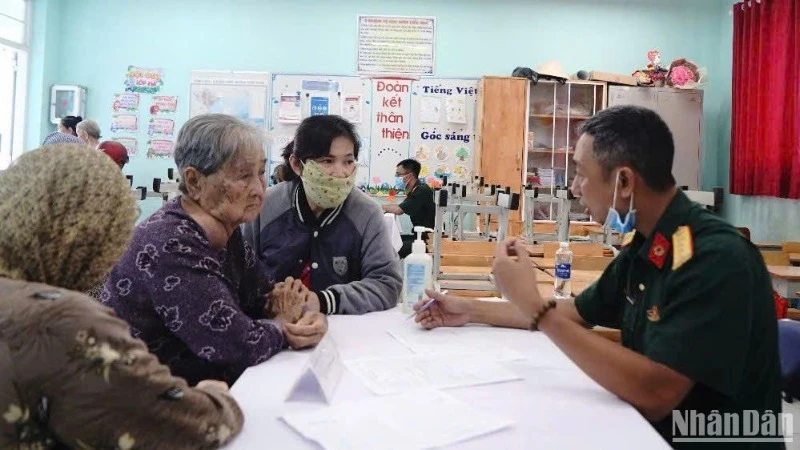












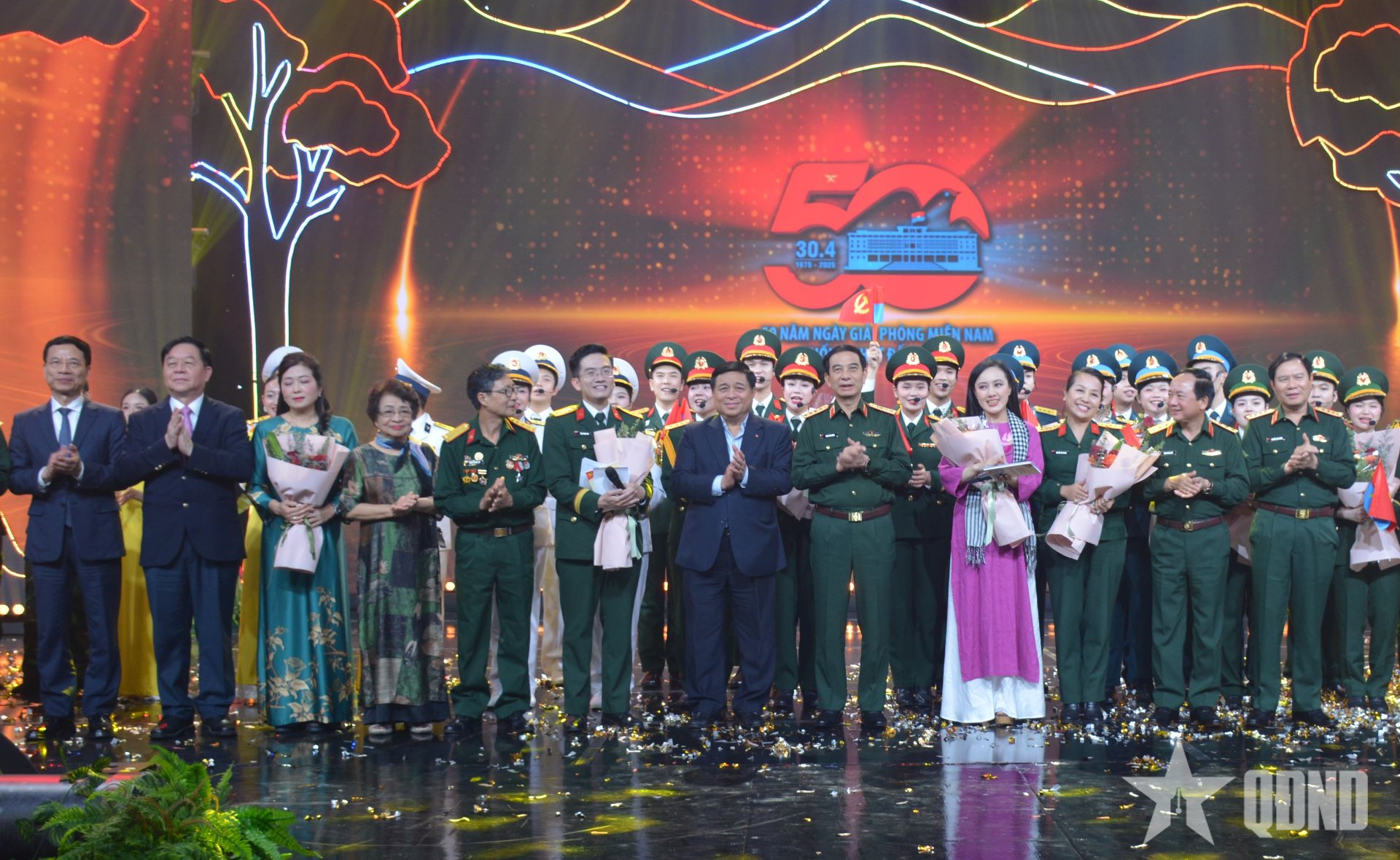

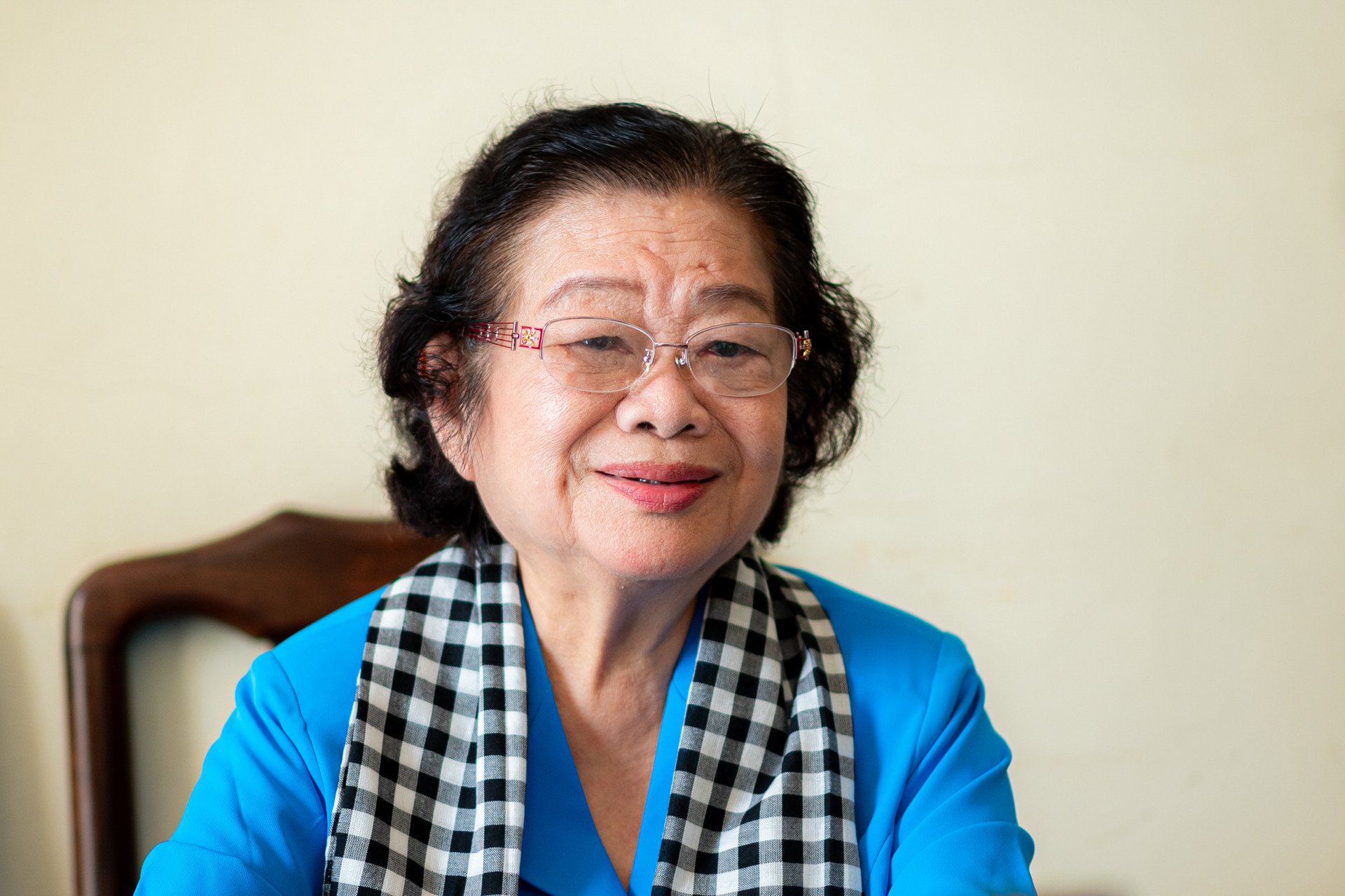



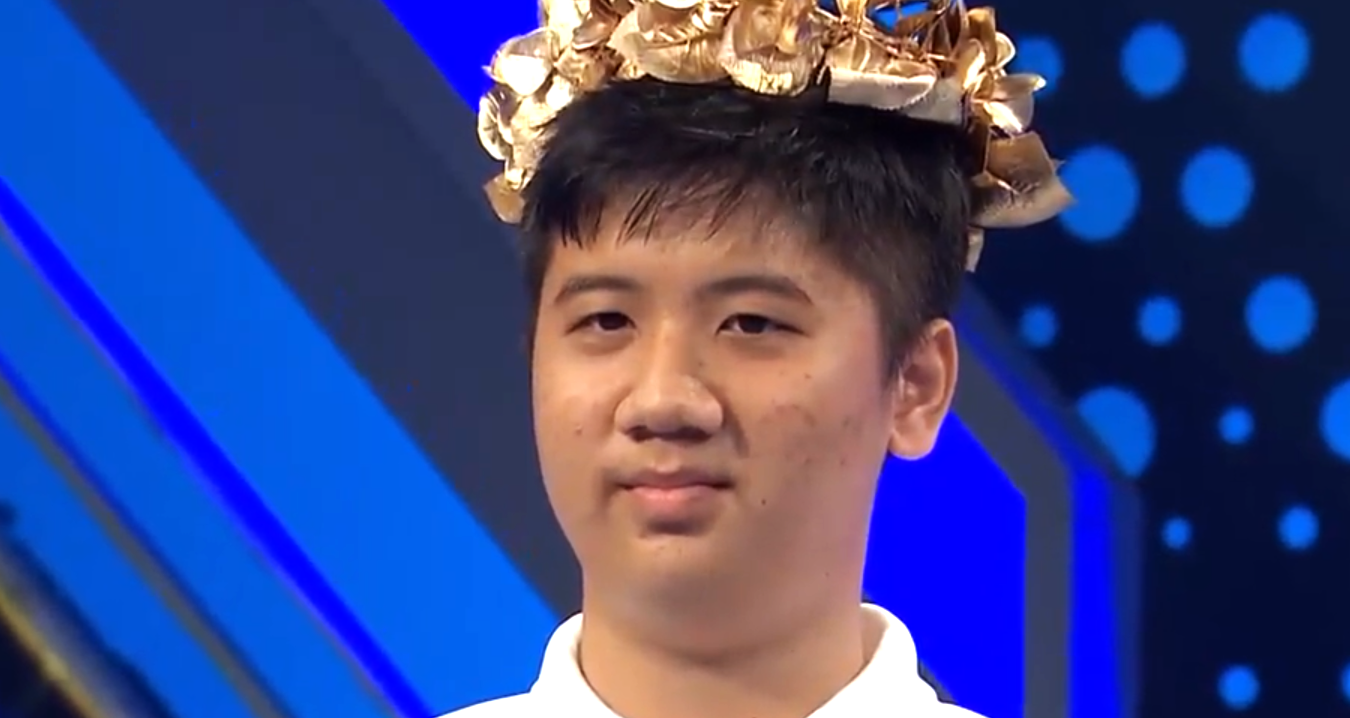


















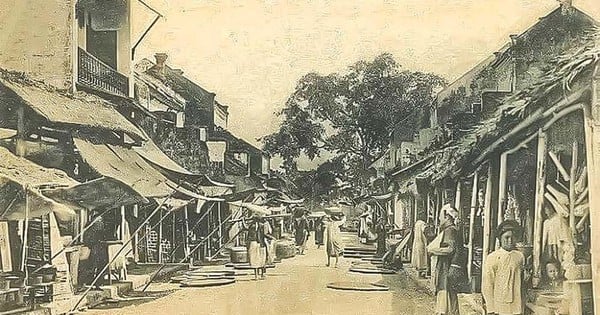

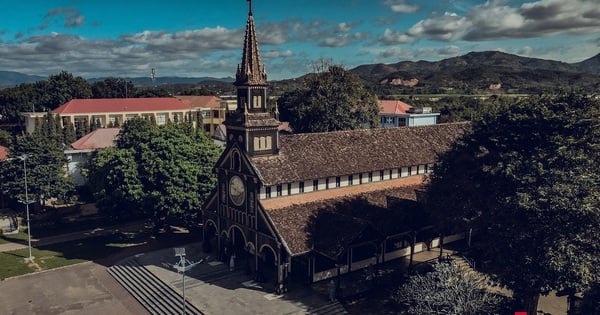
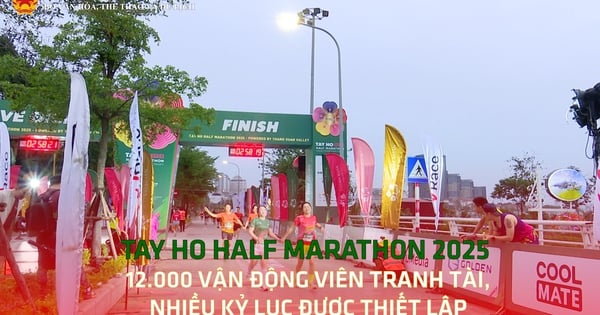







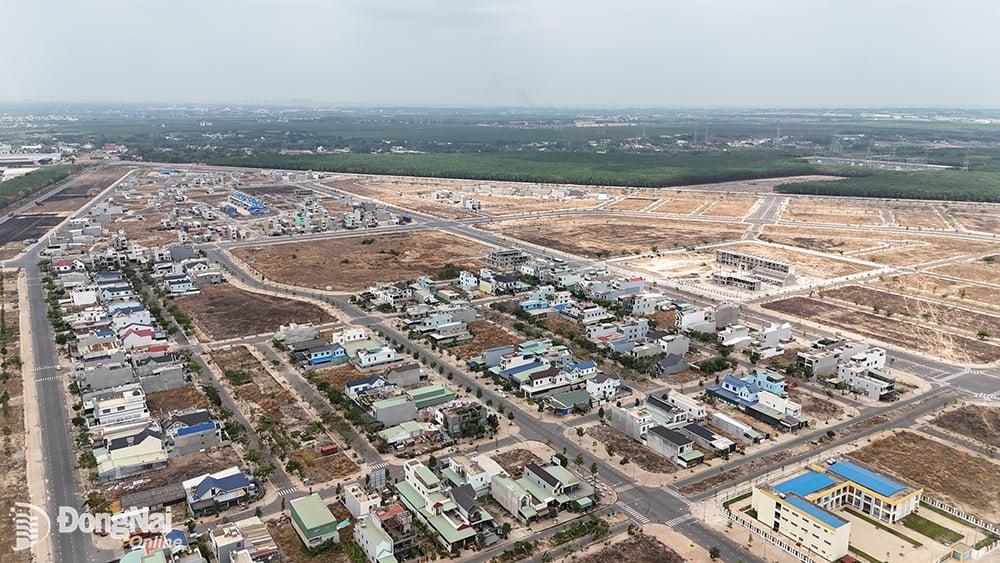

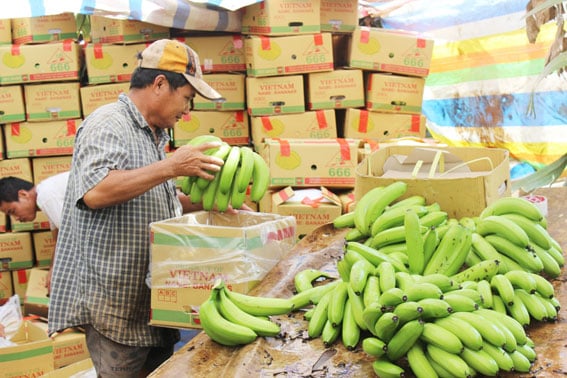










Comment (0)